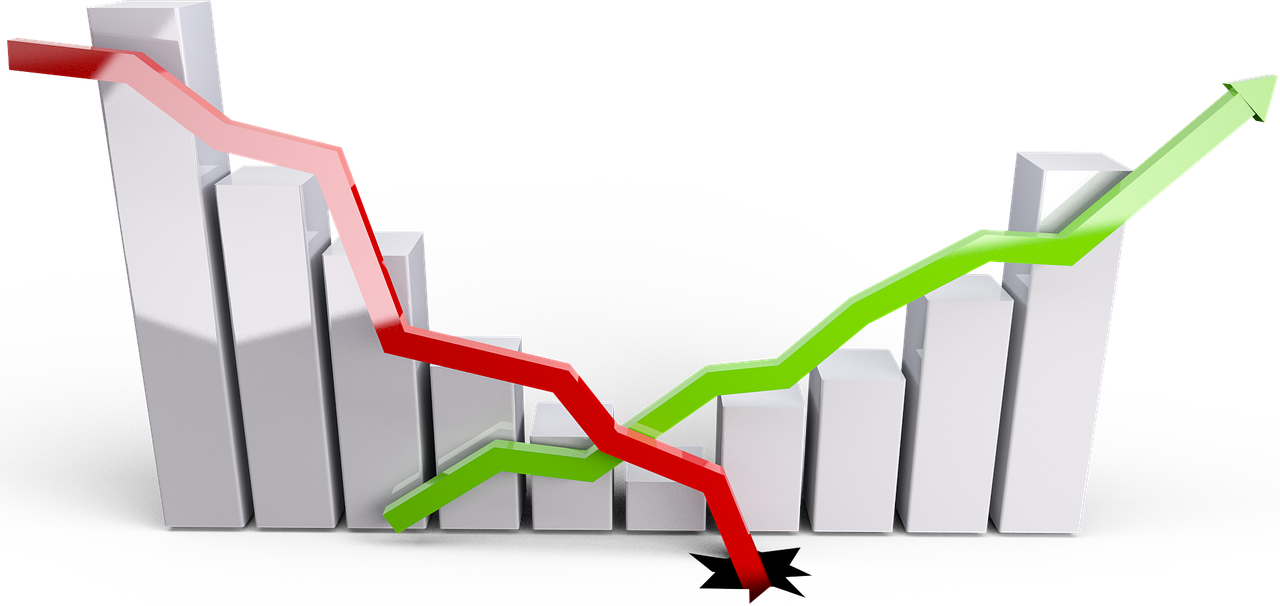The financial industry has undergone significant transformation over the past decade, and one of the most groundbreaking innovations has been the application of Machine Learning (ML) to credit risk modeling. Traditionally, banks and financial institutions used statistical methods to assess the creditworthiness of borrowers. While these methods have been effective to an extent, they have certain limitations, particularly when dealing with complex and large datasets.
With the rise of machine learning credit risk models, the industry has embraced a more efficient, accurate, and scalable approach. This article explores how machine learning is transforming credit risk models and what it means for financial institutions, borrowers, and the economy at large.
What is Credit Risk Modeling?
Credit risk modeling is the process used by banks and other financial institutions to determine the likelihood that a borrower will default on their loan or other credit obligations. These models help institutions make informed decisions on lending, helping to mitigate the risk of financial loss. Credit risk models take into account various factors like:
- Borrower’s financial history
- Credit score
- Employment status
- Market conditions
While these factors are critical, they rely heavily on historical data and linear models, which may not always accurately predict future behavior, particularly in a rapidly changing economic landscape. This is where machine learning offers a significant advantage.
The Role of Machine Learning in Credit Risk Models

Machine learning offers a dynamic and adaptive approach to credit risk modeling. Unlike traditional methods, ML algorithms can handle vast datasets and identify complex patterns that would be impossible for humans to detect. Machine learning models can continuously learn from new data, improving their accuracy over time.
Key Benefits of Machine Learning in Credit Risk Models:
- Improved Predictive Accuracy
Machine learning models can process and analyze far more data points than traditional models. This increased volume of data enables better predictions of default risks. These models also learn from the data, allowing them to adjust and improve over time. - Speed and Efficiency
Machine learning algorithms can process massive datasets in a fraction of the time it would take traditional methods. This speed is crucial for lenders who need to make quick decisions about loan approvals. - Handling Non-Linear Relationships
Traditional models often assume a linear relationship between variables, which may not reflect the complexities of real-world financial behavior. models can capture non-linear relationships between multiple variables, offering more nuanced risk assessments. - Continuous Learning
As economic conditions, market trends, and borrower behaviors change, models can adjust their predictions. Traditional models, on the other hand, often require manual recalibration, which is time-consuming and costly. - Reduction in Human Bias
Human decision-making can often be influenced by biases, whether intentional or unintentional models, when correctly implemented, can help reduce these biases by relying solely on data-driven insights.
Machine Learning Algorithms Used in Credit Risk Models
Various machine learning algorithms are currently used in credit risk assessment, and the choice of algorithm depends on the specific requirements of the institution. Some of the most common algorithms include:
- Logistic Regression
A basic model that helps classify borrowers as either likely to default or not. Logistic regression is often used as a baseline model in credit risk analysis. - Decision Trees
Decision tree models split data into branches to arrive at a final decision. They are easy to interpret and can handle both numerical and categorical data. - Random Forest
Random Forest models build multiple decision trees and merge their predictions for more accurate results. This reduces overfitting and improves generalization. - Support Vector Machines (SVM)
SVMs are used for both classification and regression tasks and are effective when there’s a clear margin of separation between different borrower categories. - Neural Networks
Neural networks can model complex patterns in data and are increasingly used in credit risk modeling. However, they require significant computational power and large datasets.
Challenges and Considerations
While machine learning offers numerous benefits in enhancing credit risk models, it is not without its challenges. Financial institutions need to address several considerations before fully integrating ML models into their systems.
1. Data Privacy and Security
Handling large volumes of sensitive data can lead to privacy concerns. Institutions must ensure that they comply with data protection regulations like the GDPR and ensure that borrower information is secure.
2. Model Interpretability
One significant challenge with machine learning models is their “black-box” nature, particularly with more complex algorithms like neural networks. Regulators and stakeholders often require transparency in how decisions are made, and the lack of interpretability can be a hurdle.
3. Regulatory Compliance
The financial industry is highly regulated, and any new technology must meet strict guidelines. Machine learning models must be designed to align with regulatory frameworks, ensuring fairness and transparency.
4. Ethical Concerns
Machine learning algorithms can unintentionally perpetuate existing biases in the data. For example, if historical data reflect discriminatory lending practices, the ML model might continue to make biased decisions unless careful steps are taken to mitigate this.
Comparative Table: Traditional Credit Risk Models vs. Machine Learning Models
| Aspect | Traditional Credit Risk Models | Machine Learning Credit Risk Models |
|---|---|---|
| Data Handling | Limited to smaller datasets and fewer variables | Handles large datasets and multiple variables efficiently |
| Predictive Accuracy | Moderate | High due to complex pattern recognition |
| Model Adaptability | Fixed once developed, requires manual updates | Continuously learns and adapts over time |
| Speed | Slower processing time | Fast and scalable with large datasets |
| Handling Complexity | Assumes linear relationships | Can handle non-linear relationships |
| Bias Reduction | Susceptible to human bias | Can reduce bias with proper data treatment |
| Interpretability | High transparency | Often seen as a black box (depending on the algorithm) |
Analysis Table: Key Features of Machine Learning Credit Risk Models
| Feature | Description |
|---|---|
| Adaptive Learning | Models improve over time by learning from new data |
| High Volume Data Processing | Ability to process large datasets quickly and efficiently |
| Predictive Power | Enhanced ability to predict defaults and risks |
| Non-Linear Relationships | Recognizes and utilizes complex patterns in data |
| Bias Detection | Identifies potential biases in decision-making processes |
| Continuous Updates | Models do not remain static, continuously adjusting based on incoming data |
Real-World Applications of Machine Learning in Credit Risk Models
Many financial institutions are already leveraging machine learning to optimize their credit risk assessments. For example, large banks and fintech companies use ML to assess not only traditional credit data but also alternative data like social media activity, online behavior, and more. These models have shown improved performance in predicting defaults, particularly among new types of borrowers like freelancers and gig workers who do not have extensive financial histories.
Conclusion: The Future of Machine Learning in Credit Risk
Machine learning is reshaping the landscape of credit risk modeling by offering more accurate, efficient, and adaptive systems. However, institutions must address concerns around data privacy, interpretability, and regulatory compliance to fully realize the potential of these technologies. As the industry continues to evolve, machine learning will undoubtedly play an increasingly critical role in determining creditworthiness, reducing financial risk, and promoting fairer lending practices.











